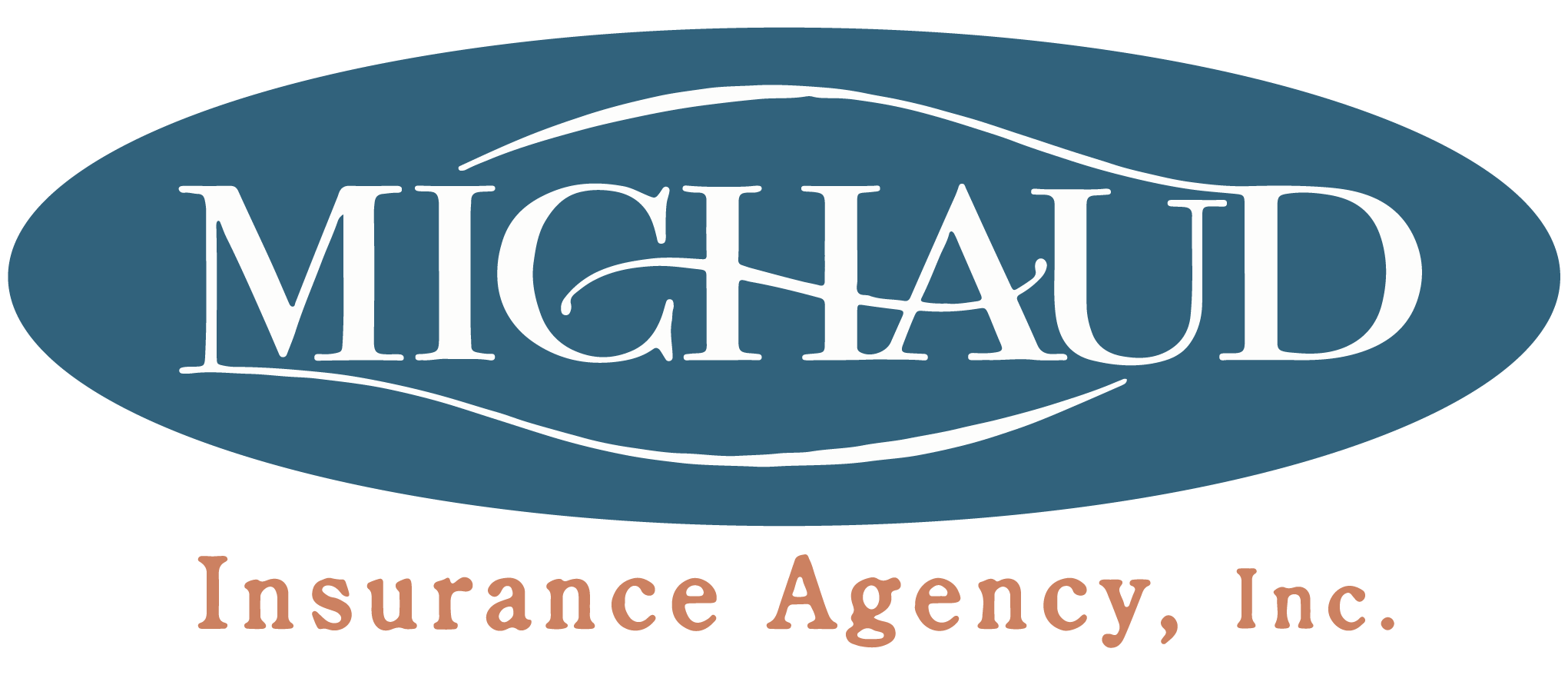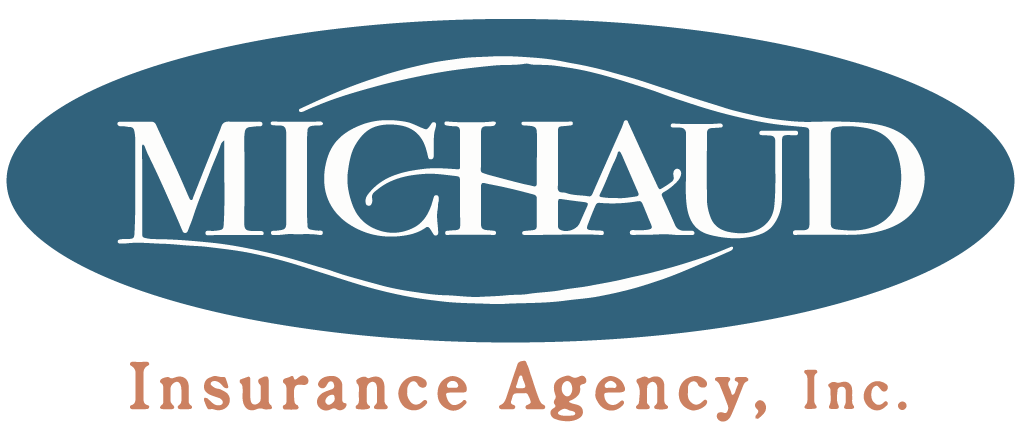Lender-Placed Insurance is forced place insurance that a mortgage company or bank will place on your property if you do not carry the required property insurance on your own, if your policy has lapsed, or they cannot confirm coverage with your agent or insurance company. Most people who own a home have a mortgage on it and that mortgage company requires that the homeowner hold property insurance, if there is none in place the bank adds it’s own to protect it’s investment.
Lender-Placed Insurance can be in the form of homeowners insurance, flood insurance and automobile insurance if you have a loan on your vehicle. It is usually at a higher rate than normally charged by a company in the voluntary market. The reason for this higher price is because insurance companies pay the banks a commission for the right to provide these Lender-Placed Insurance policies. The commission is a percentage of the total cost so the higher the premium, the higher the commission. This gives the incentive to the banks to choose the most expensive policies or to require higher coverage than necessary to increase the price of the policies.
Currently, the National Association of Insurance Commissioners (NAIC) is taking a closer look at Lender-Placed Insurance as the practice is becoming more and more common and has been a contributing factor in consumers defaulting on their mortgage and entering foreclosure.
While the NAIC is taking a closer look, how can you as a consumer avoid the Lender-Placed Insurance? Make sure you purchase and keep your property insurance policies active, hold the required coverage limits on each policy, and keep your agent updated on any mortgage information changes. Most of the time the banks notify the agent of changes but many times they do not. Changes such as a new PO Box or the mortgage being sold to another mortgage company could keep the them from receiving copies of your policies and will trigger a letter of warning of Lender-Placed Insurance.

